A big part of learning how to fix flat feet was paying attention to what my feet were doing while walking. These are some simple rules I followed to improve arch stability when walking.
Point the feet straight
Normal walking involves the heel striking the ground at the beginning of each step. This is called initial contact.
I used to walk with my feet pointed outward. A common name for this is duck walking.
For me, I suspect the main reason for my duck walking gait was a lack of ankle flexibility.
It was easier to keep an arch when I kept my feet pointed straight rather than my old habit of having them angled out.
Perfectly straight wasn’t necessarily the goal though. Everyone’s bone structure is different and this also affects the position of the legs.
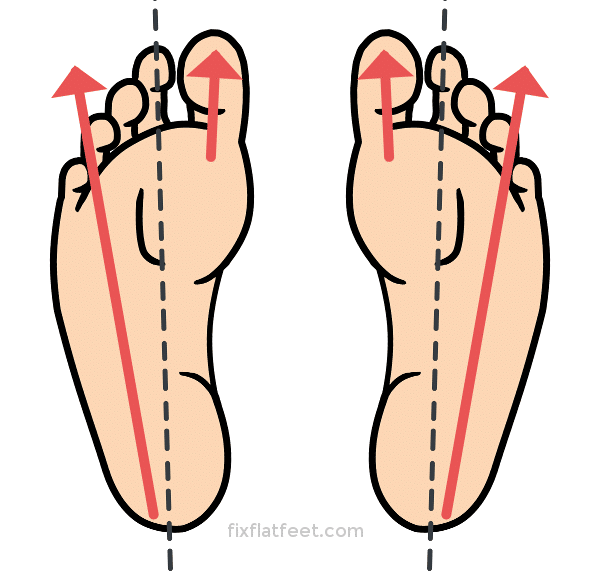
Make contact with the outside edge of the foot
After the initial contact, when the heel has touched down, I focused on having the outside part of the foot (the little toe side) contact the ground first. My old way of walking involved putting too much pressure on the inside of the foot.
Thinking of keeping weight towards the outside edge of the foot helped keep the heel in a neutral position.
Make firm contact with the big toe
One reason the foot collapses inward is because the big toe is not effectively stabilizing the arch.
I liked to imagine when taking a step that each toe touches the ground in order, starting with the little toe. This allows for the gradual loading of weight on the inside edge of the foot and big toe. In real time this happens quickly so practicing in slow-motion can be helpful.
The entire big toe should make firm contact with the ground.
Press off through the ball of the foot
The foot needs to supinate, or roll back outward at the end of each step. This creates a rigid lever to propel the body forward.
I call this walking with a springy step.
To make sure I was pressing off evenly through the ball or front portion of the foot, I found it helpful to think about keeping pressure on the front two points of the foot tripod.
Walking is such a natural thing to most of us that it’s easy to take for granted how complex a movement walking actually is. I cover the changes I made to the way I walked more in-depth in the membership area of the site.
Note that these tips apply to walking. Running involves a different type of foot strike pattern that often varies from person to person.
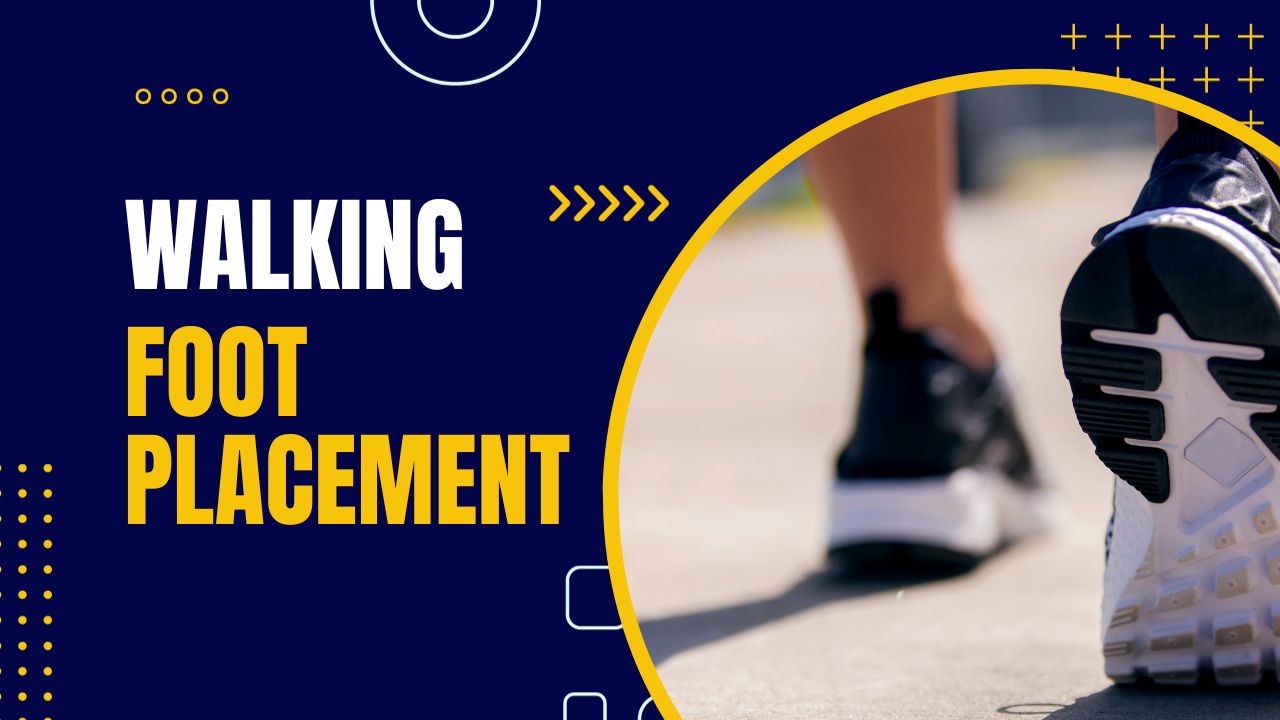
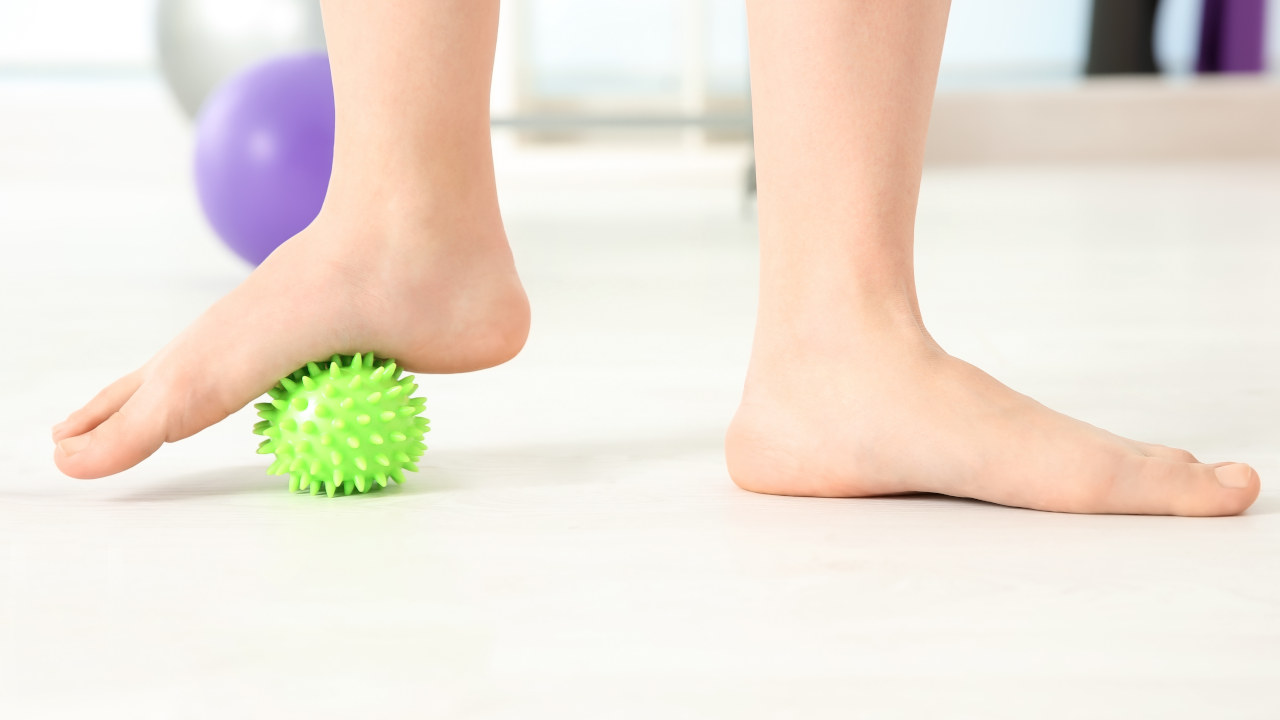
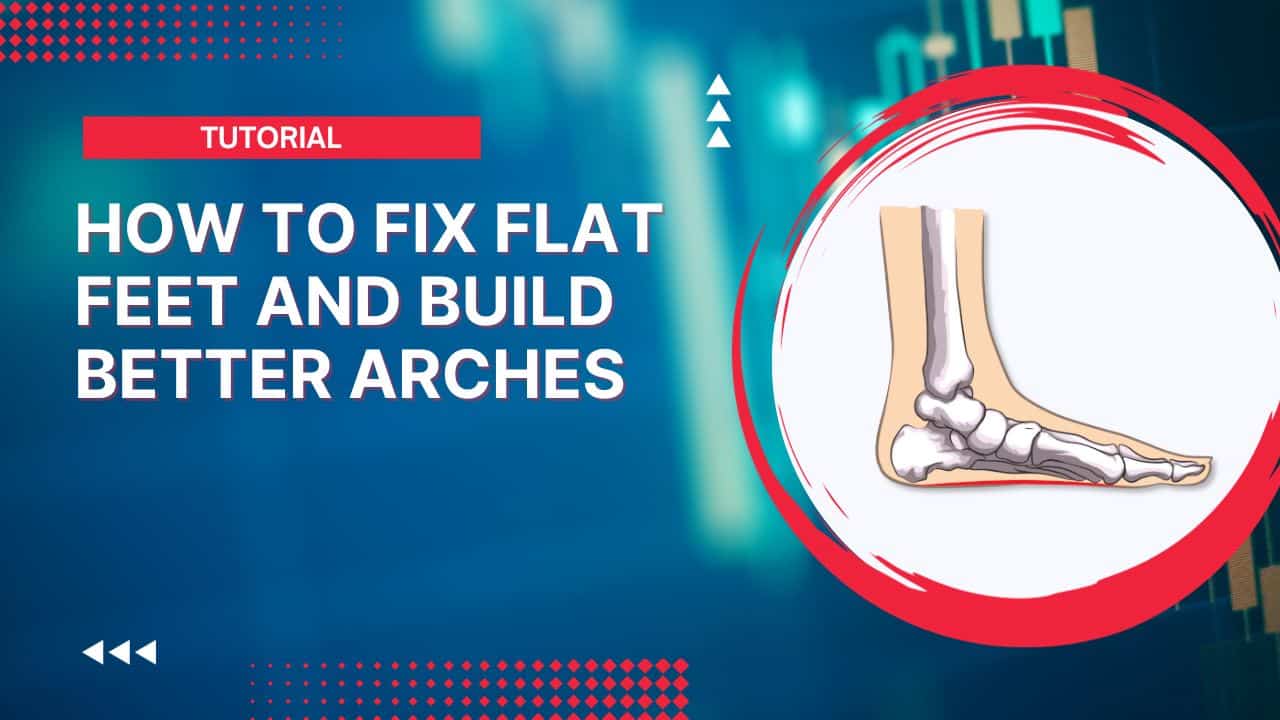
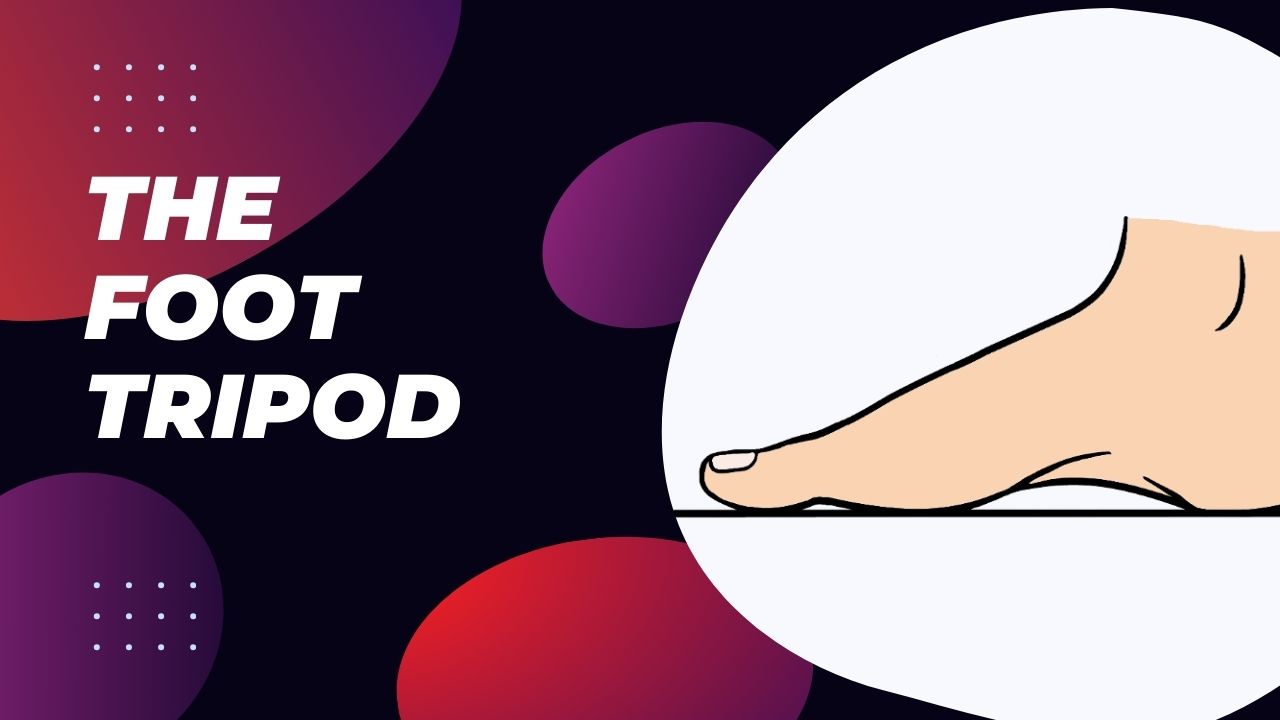
After some thought, I’ve had an epiphany: when your feet are off the ground, their resting position should be naturally rolled out (supination). When I think about it like this, I am more likely to remember the proper form, as it becomes more intuitive for me. Apply pressure and they roll in a bit, release pressure and they supinate.
Just found your web site I have found it so interesting and carnt thank you you enough for all your information having suffered for over 10years with a tendon problem in of my inside ankle and have tried everything thing that’s available on the market also seeing an orthopaedic surgen who told me the only thing I could do for my ankle was to have surgery but had a 50per cent chance of have normal movement in my ankle I decided not to go for that option i have tried all diffrent exercises , all diffrent footwear to no prevail but never thought about how i am walking I have been trying the walking video out all day and yes my feet and ankles feel sore but on My damage ankle I can walk without feeling I’m standing on a stone I’m going to do the exercises that you have posted and see what happens in the next few weeks just wanted to say thank you
Wondering where the associated video went. I have gone back to it several times trying to study this concept. So am I correct to say that the foot heel strikes (outer calcareous) then pronates, and then supinates and pushes off with the big toe? Thanks much! RLS